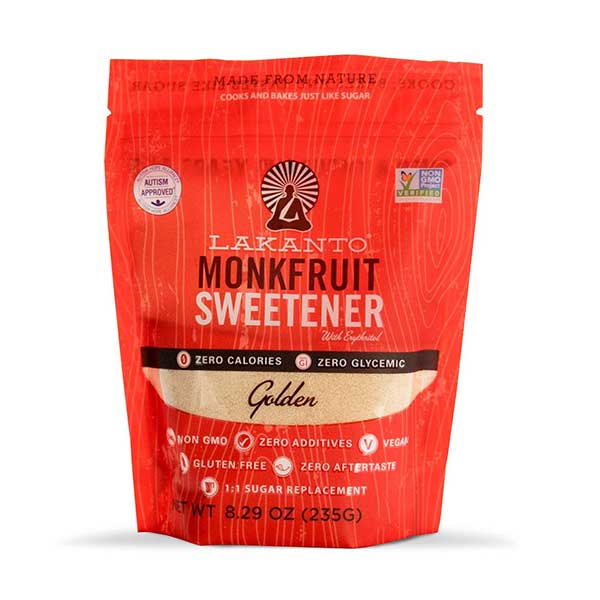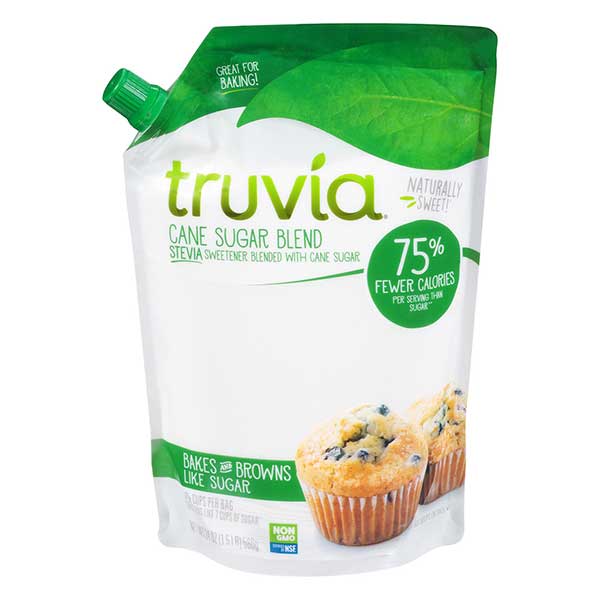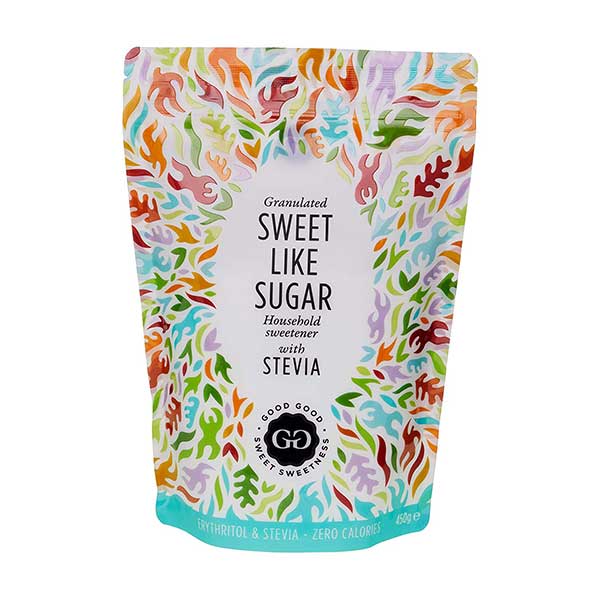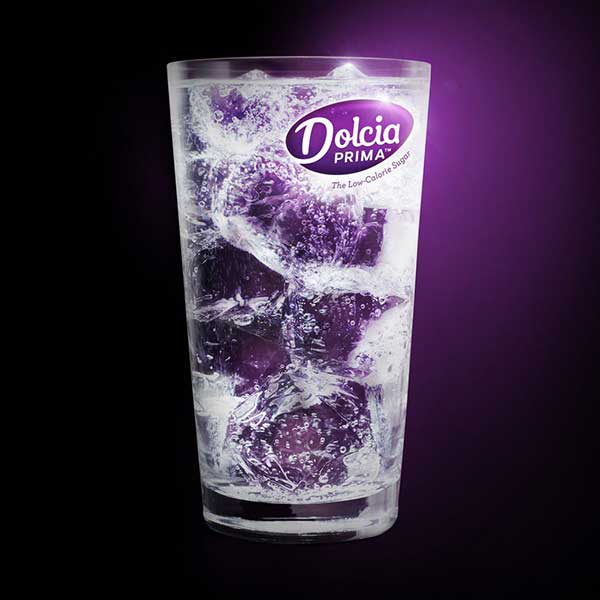

What are some of the most commonly used sugars in pastry-making today?
Whether it is glucose, fructose, sucrose, navigating the variety of sugars we consume is not always easy. Sucrose is the table sugar you use in coffee or cakes. It is made by first extracting sugar juice from cane or beet plants, out of which many types of sugar can be produced by adjusting the process of cleaning, crystallizing, drying and varying the level of molasses. Generally speaking, our industry separates sugar into three categories: white, which includes regular, powdered, fruit and superfine sugars; brown, which comes in a light and dark brown variety, as well as Turbinado and Muscovado; and specialty or inverted sugar, including honey, glucose syrup DE38-40 and dextrose.
What are the main trends when it comes to meeting the needs of health-conscious consumers?
Product launches using natural sweeteners are likely to continue growing as producers look for ways to reduce sugar without using artificial sweeteners. However, producers need to prove that natural sweeteners really are safe, natural and can be linked back to a plant source, such as honey or fruit juice. Demand for clean-label sugar reduction has seen some innovative strategies to sugar-reduction hit the marketplace. For example, enzymes are being used to deliver sugar-reduction in dairy. Similarly, flavor houses are innovating by using ‘less sweet’ flavor profiles, such as sour, bitter and savory in the development of ‘lower sugar’ innovations.
What other trends do you envision for sugar?
If removing sugars from the nutritional table is what you are looking for, you can count on our range of sugar-free chocolates. In this range, all sugars are taken out for chocolates with no more than 0.5 percent sugar. Thanks to advanced ingredient selection, such as replacement of lactose-containing milk powder with milk proteins, we achieve a zero sugar chocolate, while maltitol and stevia maintain the superb chocolate taste and texture for consumers following a healthier lifestyle.

Head of Chocolate Academy Dubai, MEA
Barry Callebaut Group

IMEA
Valrhona
What roles does sugar play in chocolate production?
The main three advantages are as follows:
Sweetness: all sugars have a different level of sweetness, which becomes clear when comparing the taste of honey to that of caster sugar. The choice of sugar will give a different sweet sensation to the final product.
Texture: sugar plays a big part in texture, which, depending on the amount, will lend it a smooth, slightly chewy (caramel), or soft texture. When used in whipped ganache for example, the inverted sugar or glucose gives the product a good texture for piping. In ice cream, we use dehydrated glucose powder to give our ice cream body and texture while keeping the sweetness level down.
Water retention: one of the most important benefits of sugar is its ability to retain water. This is very important in keeping ‘moisture’ in cakes, as well as prolonging a product’s shelf life. A good example is jams and the extensive shelf life they have due to their high sugar content.
What are the types of sugar used in pastry-making?
The main sugars we use are glucose, inverted sugar, dextrose, sacharose, maltodextrin, icing sugar, demerara sugar, fructose, dark brown sugar and honey. As for natural sugar, I like to use honey as it has the same properties of inverted sugar but is made by Mother Nature.
What are some of the most commonly used sugars today and how do you make your selection?
The sugar most used is: cane sugar (regular white sugar): brown sugar (which has different types of colors and can be dry or wet): confectioners’ sugar (powdered): and sugar substitutes (artificial sweeteners). Most of these sugars are only used in the pastry side of the kitchen. In my experience, white sugar is mostly used because it is precise, fine and perfect for measuring recipes. Light brown sugar is often used in sauces, and dark brown sugar is used in richer desserts that need a sweeter darker taste. To answer why regular sugar is mostly used, it is because it does not only contribute to sweetness but also adds air (keeps the desserts moist), caramelizes (browns) and adds texture (crispiness to the recipe). In addition, these types of sugar can easily cream with butter (meaning beating butter and sugar together)
What are some of the best sugar substitutes for health-conscious consumers?
Sugar substitutes fall into two categories: liquid and powdered. Liquid substitutes, like barley malt syrup, molasses, maple and brown rice syrup, are mostly used for candies, cookies, gingerbread and fudgy desserts. I have opted to use these ingredients because they result in less-sweeter-tasting pastry without changing the ratios of the original. On the other hand, I prefer to use coconut sugar, stevia or any other artificial powdered sugars to add sweetness to drinks or sugar syrups. I feel these types of sugar alter the flavor of baked goods; however, if you add them to liquids, it will not drastically affect the flavor.
How do you decide which sugar substitutes work best with any given dish?
Currently, fruit juices and liquid sugars are mostly used in savory and sweet culinary creations, as these blend especially well with seafood and game meat. Also, adding sugar can cut down on the acidity in a product and vice versa.
What trends do you envision for sugar?
The kitchens I am working in are currently experimenting with sugar alcohols, like mannitol, maltitol and isomalt. These sugars have a low glycaemic index and are mostly used in commercial foodstuff, but they are being used in the kitchens because they can be manipulated. They can be used in sugar sculptures and curing fish or meat, and can also be added to ice cream. As the industry shifts away from refined sugar, kitchens are adding more liquid sugars, fruit juices and purees, and sugar alcohols. These ingredients can also be used in both savory and sweet dishes, while maintaining a low glycaemic index.

Chef de Partie
Jean-Georges Restaurant
New York
ON THE MARKET
This small 4g sugar cube made in France is a naturally white non-refined sugar. Its size, perfectly adapted to expressos, also helps you to control your sugar intake.
I.HAKIM DOWEK & SONS SAL | MEMBER OF GROUPKA
kallassi.com
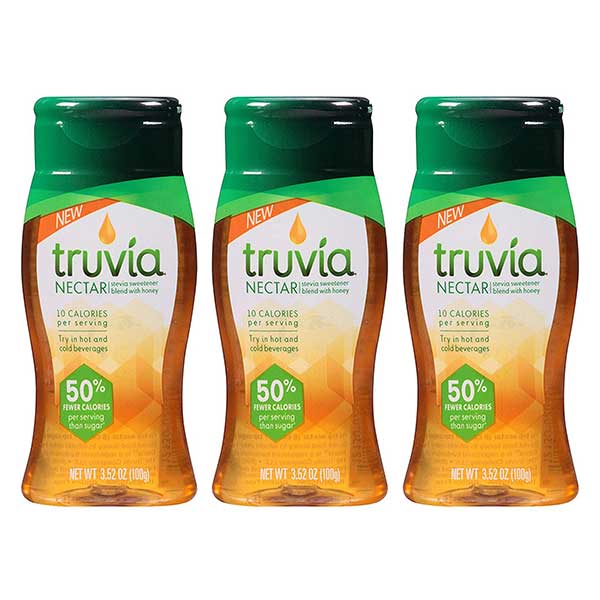
Blended with stevia leaf extract, sugar & honey, Truvía® Nectar has 50 percent fewer calories per serving than full-calorie honey. Use ½ tablespoon of Truvía® Nectar in place of one tablespoon of honey.
TRUVIA
truvia.com
TASTES just like sugar, zero net carbs, calories, glycemic sweetener; 1:1 sugar replacement. Lakanto is a mix of monk fruit and erythritol to match the sweetness of sugar and maintain your baking and cooking needs.
LAKANTO
lakanto.com
All the sweetness with 25 percent fewer calories per serving than sugar. NEW Truvía® Baker’s Bag Cane Sugar Blend is a reduced-calorie mix of stevia sweetener and cane sugar. You can use it anywhere you’d use traditional sugar because it sweetens, measures and bakes like traditional sugar. 1 cup Truvía® Baker’s Bag Cane Sugar Blend (577 calories) sweetens like 1 cup sugar (770 calories).
TRUVIA
truvia.com
This 100 percent natural sweetener does not affect blood sugar levels and it replaces regular sugar for baking and decorating. Made from granulated stevia and erythritol, both 100 percent natural sweeteners.
GOOD GOOD
goodgood.net
Allulose is classified as a ‘rare sugar’, because it’s naturally found in small amounts in a few foods—including figs, raisins, molasses, and maple syrup. Allulose is 70 percent as sweet as regular sugar, and reportedly non-glycemic.
TATE & LYLE
tateandlyle.com








